解説 / Description
ボルケーノオトシンは、ペルー原産のロリカリア科に属する小型ナマズです。火山を思わせる赤褐色の頭部と、鮮やかなゼブラ模様の胴体のコントラストが非常に美しい種です。そのユニークな外見から高い人気を誇りますが、分類学的には未だ混乱があり、学名も確定していません。野生採集された個体が流通のほとんどを占め、水質の急変や餌不足に非常に弱いため、飼育は上級者向けとされています。水槽内のバイオフィルム(微生物の膜)を主食とし、その長期維持には十分に成熟した飼育環境と専門的な知識が不可欠です。 The Volcano Otocinclus is a small catfish belonging to the Loricariidae family, native to Peru. It is a very beautiful species with a striking contrast between its reddish-brown head, reminiscent of a volcano, and its vibrant zebra-striped body. Despite its popularity for its unique appearance, its taxonomy is still in confusion and a definitive scientific name has not been established. The vast majority of individuals in the trade are wild-caught and are extremely sensitive to sudden changes in water quality and lack of food, making them suitable for advanced aquarists. Its primary diet consists of biofilm in the aquarium, and its long-term care requires a well-established tank environment and specialized knowledge.
基本情報 / Basic Information
| 学名 / Scientific Name | Nannoptopoma sp. (流通名: Hypoptopoma sp.) |
|---|---|
| 通称 / Common Name | ボルケーノオトシン, ゼブラ・ロボコップオトシンVolcano Oto, Zebra Robocop Oto |
| 分類 / Family | ロリカリア科 (Loricariidae)Loricariidae |
| 英名 / English Name | Volcano Oto, Zebra Robocop Otocinclus |
| 分布 / Distribution | ペルー(ナナイ川、マラニョン川)Peru (Nanay River, Marañón River) |
| 最大体長 / Max Size | 約3-4cmApprox. 3-4 cm |
| 寿命 / Lifespan | 3年以上3+ years |
飼育環境 / Aquarium Environment
| 水槽サイズ / Tank Size | 45cm規格水槽(約35L)以上を推奨。小型ですが、群れでの飼育と水質安定のため、ある程度の広さが望ましいです。新規の水槽ではなく、バイオフィルムが豊富な十分に成熟した水槽が必要です。A standard 45cm tank (approx. 35L) or larger is recommended. While small, a decent amount of space is desirable for keeping them in groups and for water stability. A well-matured tank rich in biofilm is necessary, not a newly set up one. |
|---|---|
| 水温 / Temperature | 24℃〜26℃ |
| 水質 / Water Quality | 弱酸性〜中性 (pH 6.0-7.5)、軟水。水質の急変に非常に敏感なため、安定した環境を維持することが最重要です。Slightly acidic to neutral (pH 6.0-7.5), soft water. They are extremely sensitive to sudden changes in water quality, so maintaining a stable environment is paramount. |
| レイアウト / Layout | 流木や水草(アヌビアスなど)、滑らかな石を多めに配置し、餌となるバイオフィルムが付着する表面積を増やします。底砂は粒の細かい砂が適しています。Arrange plenty of driftwood, aquatic plants (like Anubias), and smooth stones to increase the surface area for biofilm, their food source, to grow. Fine sand is a suitable substrate. |
| 注意点 / Precautions | 【上級者向け】非常にデリケートな種で、特に輸入直後の死亡率が高いです。主な死因は餓死であり、常に摂食できる環境が不可欠です。高い溶存酸素量を要求しますが、強い水流は好みません。[For Advanced Aquarists] This is a very delicate species with a high mortality rate, especially right after import. The primary cause of death is starvation, making a constant food source essential. It requires high dissolved oxygen levels but dislikes strong water currents. |
餌と給餌 / Feeding
| 餌の種類 / Diet | 水槽内のバイオフィルム(微生物の膜)や柔らかいコケを主食とします。これが不足すると餓死するため、植物性のタブレットや茹でた野菜(ズッキーニなど)、ゲル状の餌(レパシーなど)を補助的に与える必要があります。Its main diet consists of biofilm and soft algae in the aquarium. If these are insufficient, it will starve. Therefore, supplementary feeding with vegetable-based tablets, blanched vegetables (like zucchini), and gel foods (like Repashy) is necessary. |
|---|---|
| 給餌のポイント / Feeding Tips | 常に何かを食べている状態が理想です。餌付けの鍵は、導入する水槽に前もってバイオフィルムを豊富に発生させておくことです。健康な個体は腹部がふっくらしています。The ideal condition is for them to be grazing constantly. The key to successful feeding is to have a tank rich in biofilm before introduction. Healthy individuals have a plump belly. |
性格と混泳 / Temperament and Tank Mates
| 性格 / Temperament | 非常に温和で、他の魚を攻撃することはありません。臆病なため、3〜6匹以上の群れで飼育すると落ち着き、より自然な行動を見せます。Very peaceful and will not attack other fish. They are shy, so keeping them in a group of 3-6 or more will help them feel secure and exhibit more natural behavior. |
|---|---|
| 混泳の相性 / Compatibility | 小型テトラ、ラスボラ、ペンシルフィッシュなど、同じく小型で温和な中〜上層魚が理想的です。ビーシュリンプのような小型エビとの混泳にも適しています。餌の競合相手となる活発な底棲魚は避けるべきです。Ideal tank mates are small, peaceful, mid-to-top dwelling fish like small tetras, rasboras, and pencilfish. It is also well-suited for tanks with small shrimp like Bee Shrimp. Avoid active bottom-dwelling fish that would compete for food. |
病気と対策 / Diseases and Prevention
| かかりやすい病気 / Common Diseases | 最大の死因は餓死です。水質の悪化やストレスで細菌感染症にかかることがあります。ナマズの仲間は魚病薬、特に銅を含むものに弱いので注意が必要です。The primary cause of death is starvation. They can be susceptible to bacterial infections from poor water quality or stress. Catfish are sensitive to medications, especially those containing copper, so caution is required. |
|---|---|
| 対策と予防 / Prevention | 安定した水質と、絶え間ない食料供給が最良の予防策です。導入時の慎重な水合わせと、バイオフィルムが豊富な検疫水槽での初期管理が生存率を大きく左右します。Stable water quality and a constant food supply are the best preventive measures. Careful acclimation upon introduction and initial management in a quarantine tank rich with biofilm are critical for survival. |
増やし方(繁殖) / Breeding
| 繁殖形態 / Reproduction | 卵生。繁殖様式は不明な点が多いですが、近縁種から推測すると、水草の葉などに粘着卵を産み付けると考えられます。Egg-layer. The exact breeding method is largely unknown, but based on related species, it is presumed to lay adhesive eggs on plant leaves or other surfaces. |
|---|---|
| 繁殖のポイント / Breeding Tips | 飼育下での確実な繁殖例は報告されておらず、非常に困難です。成功させるには、原産地の水質(弱酸性の軟水)の再現や、雨季を模倣した水換えなどが引き金になる可能性があります。稚魚は極めて小さく、初期飼料の確保が最大の課題となります。There are no confirmed reports of breeding in captivity, and it is considered extremely difficult. Success would likely require replicating native water conditions (soft, acidic water) and potential triggers like simulated rainy seasons. The fry would be exceptionally small, making the provision of initial food the greatest challenge. |
特徴的な行動と豆知識 / Behavior and Fun Facts
| 特徴 / Characteristics |
【学名の謎】市場では「ボルケーノオトシン」として知られますが、学名は未だ確定しておらず、*Hypoptopoma*属か*Nannoptopoma*属かで議論が続いています。後者がより正確な分類とされています。 【ロボコップ?】平たく装甲のような頭部から、海外では「ロボコップオトシン」というユニークな別名で呼ばれることもあります。 【酸素要求量】穏やかな流れを好む一方で、溶存酸素量の低下には敏感です。水面を波立たせるなど、十分なガス交換を確保することが重要です。 【The Scientific Name Mystery】Known in the trade as the “Volcano Oto,” its scientific name is not yet finalized, with debates ongoing as to whether it belongs to the genus *Hypoptopoma* or *Nannoptopoma*. The latter is considered more accurate. 【Robocop?】Due to its flat, armored-looking head, it is sometimes called by the unique nickname “Robocop Oto” overseas. 【Oxygen Demand】While it prefers gentle currents, it is sensitive to low dissolved oxygen levels. Ensuring sufficient gas exchange, such as by creating surface agitation, is important. |
|---|
まとめ / Conclusion
ボルケーノオトシンは、その独特の美しさでアクアリストを魅了する、挑戦しがいのある小型ナマズです。その飼育は、単に魚を生かすだけでなく、彼らの繊細な生態を理解し、水槽内に小さな自然を再現する試みと言えます。 The Volcano Otocinclus is a challenging small catfish that captivates aquarists with its unique beauty. Its care is more than just keeping a fish alive; it’s an attempt to understand its delicate ecology and recreate a piece of nature in an aquarium.
餓死のリスクという最大の課題を乗り越え、彼らが安心して暮らせる環境を築けたとき、この小さな火山は、飼育者の水槽の中で静かに、しかし力強く輝き続けるでしょう。When the greatest challenge—the risk of starvation—is overcome and a secure environment is established for them, this little volcano will continue to shine quietly but powerfully in the aquarist’s tank.
▶ 記事の生体をAMAZONで買う ▶ 記事の生体をYahooで買う

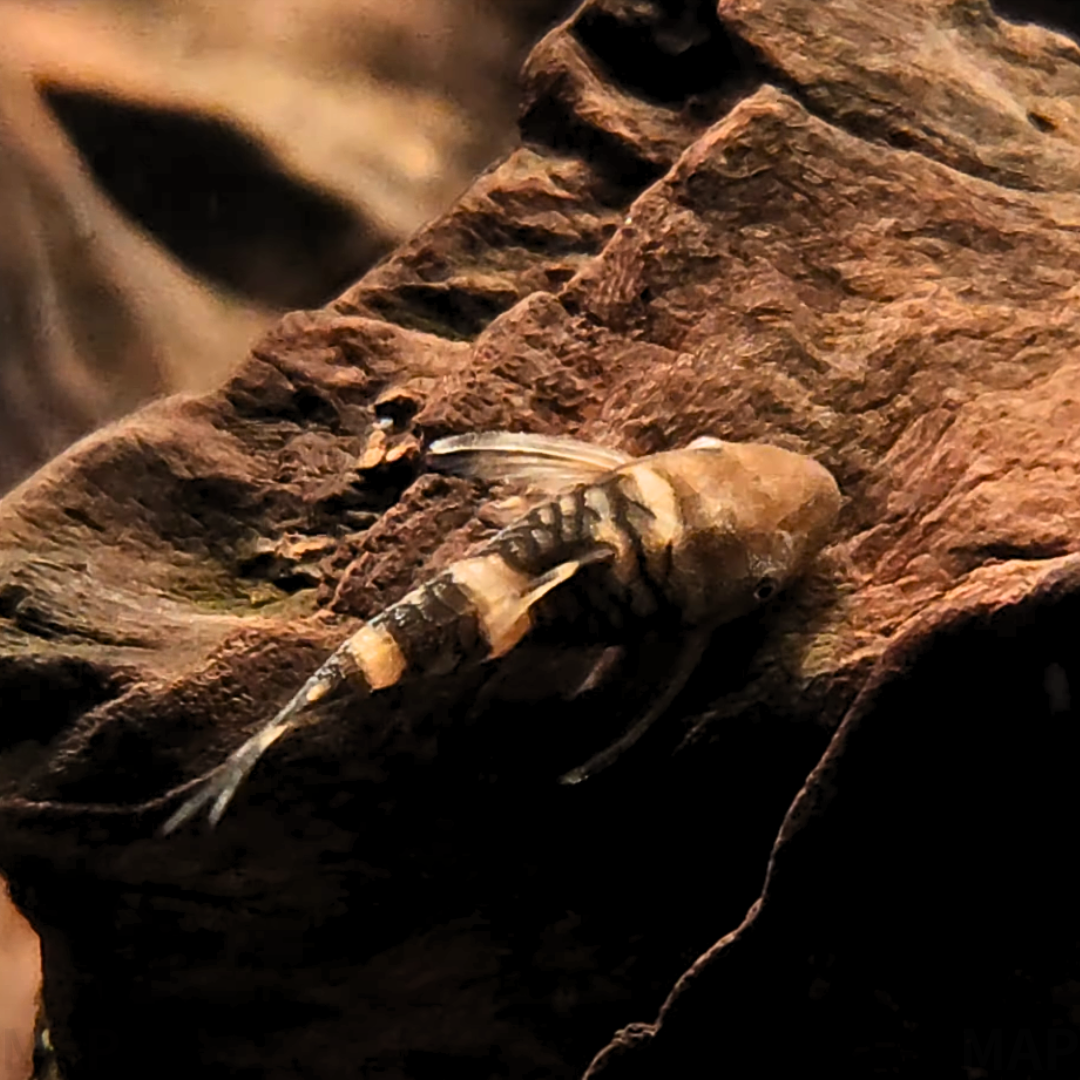





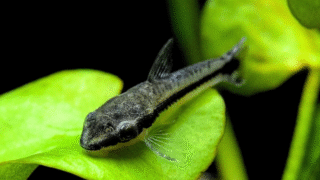
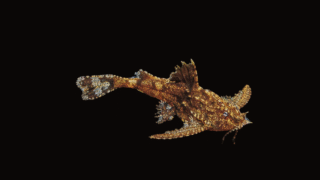
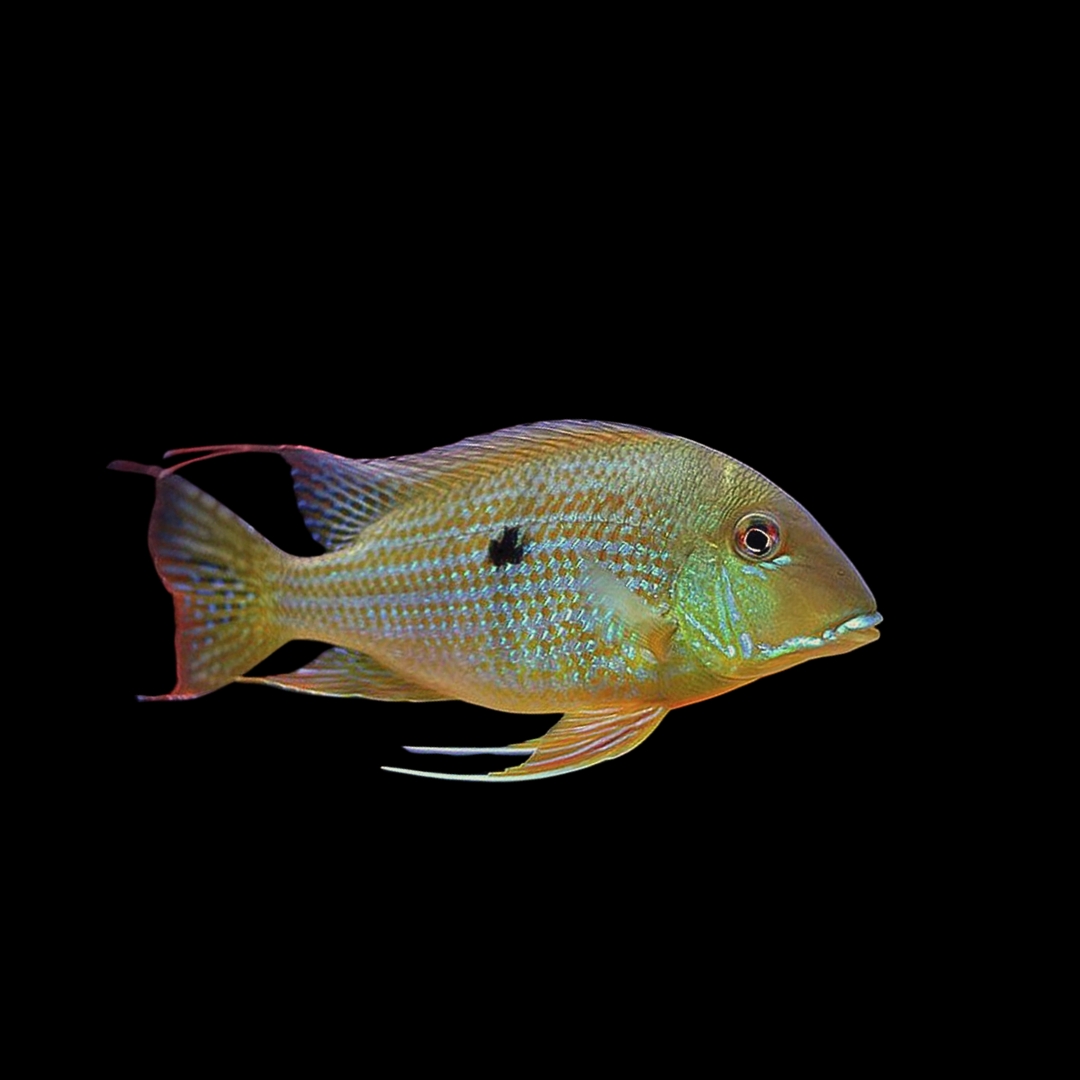
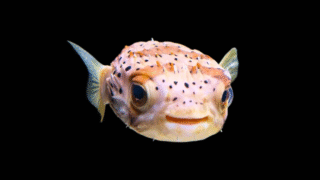
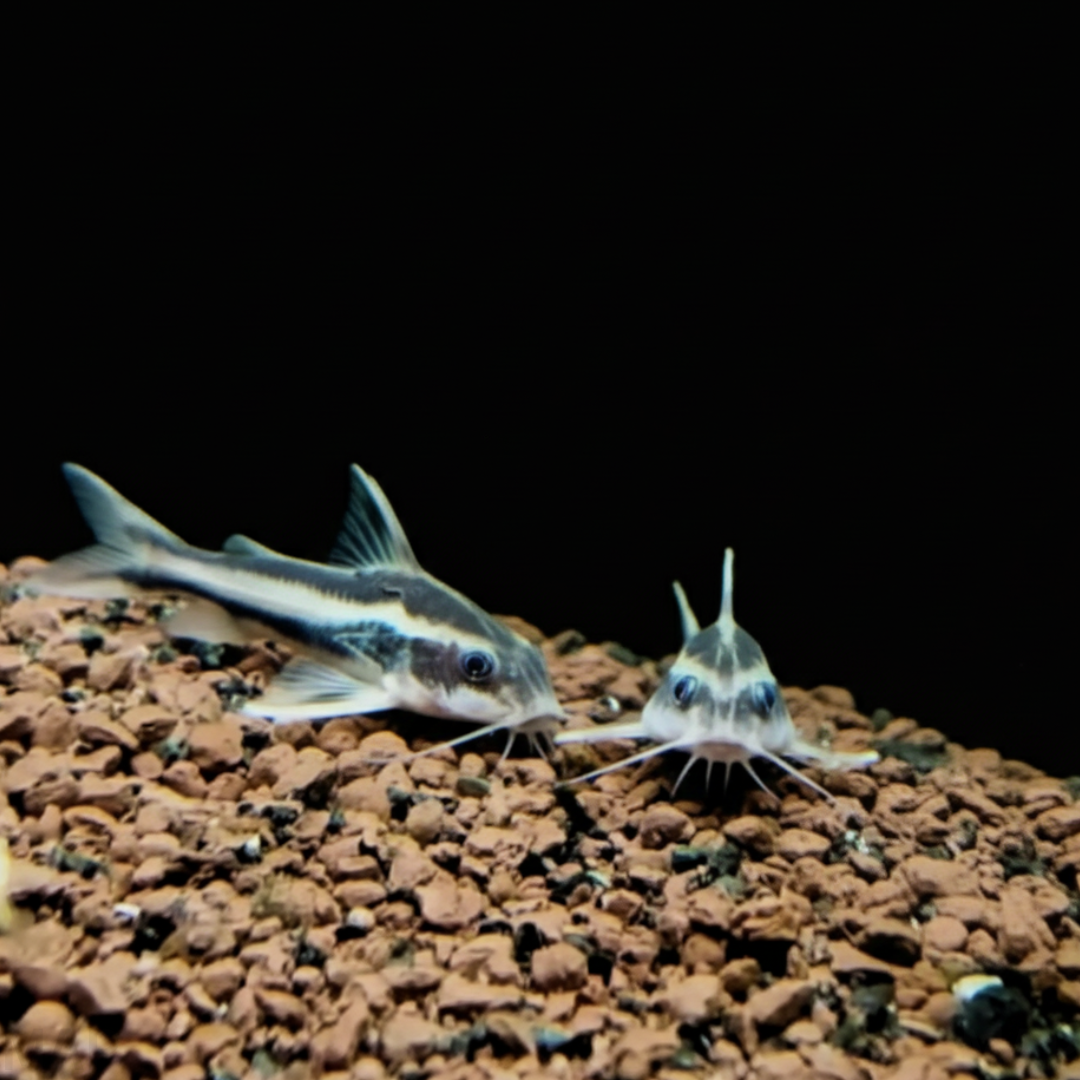
コメント